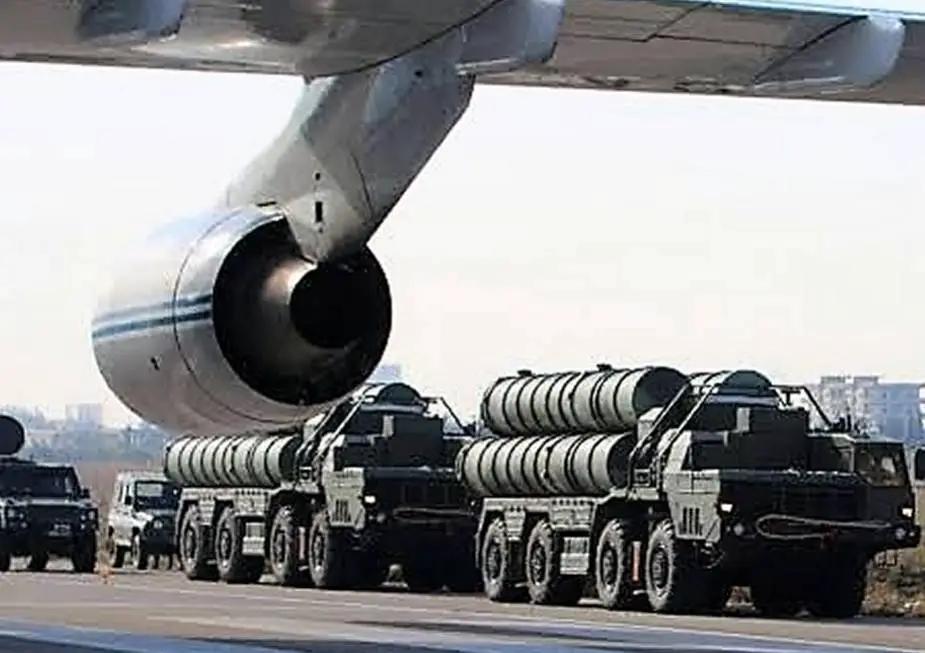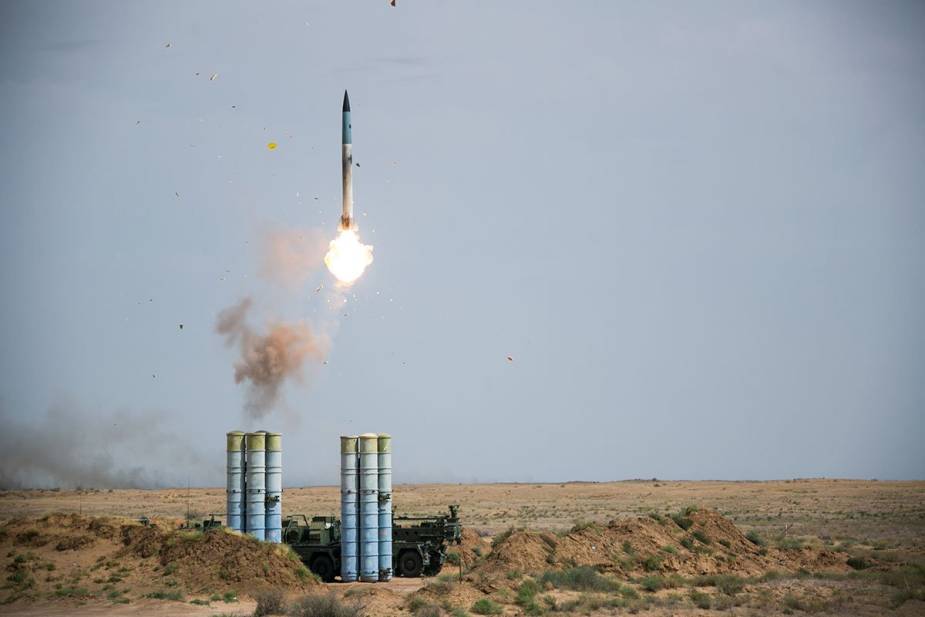Breaking news
Indian Air Force deploys first S-400 air defense quadron in Punjab.
According to a tweet from Ajit K. Dubey, ANI News, the Indian Air Force, on Monday, December 20, deployed the first squadron of Russian-made S-400 Triumf air defense systems in the Punjab sector. Top government sources said that “The batteries of the first squadron would be capable of taking care of aerial threats from both Pakistan and China.”
Follow Army Recognition on Google News at this link

The Indian Air Force, on Monday, December 20, deployed the first squadron of Russian-made S-400 Triumf air defense systems in the Punjab sector.(Picture source: ANI)
The foreign secretary of India, Harsh V Shringla, earlier this month, had announced that India’s friend Russia has started the deliveries of the surface-to-air long-range missile system. The foreign secretary’s statement came soon after the President of the Russian Federation Vladimir Putin visited India.
Quoting Dr. N. C. Asthana, a retired Indian Police Service (IPS) officer and nuclear physicist by training, penned an opinion piece in EurAsian Times, titled ‘India’s Recently-Imported S-400 Air Defence System Is Overhyped and Overrated’. His views are on similar lines as those presented by author and military analyst, Group Captain TP Srivastava in his Op-Ed ‘S-400: A ‘Junk’ Weapon Platform for India!’ published on the military blog, Mission Victory India, late last month. Both analysts are highly critical of the S-400 ‘Triumf’ anti-aircraft missiles and their procurement by India. Asthana in his op-ed for The Wire wrote about the perceived limitations and weaknesses of the S-400. He cited a report by the Swedish Defense Research Agency FOI, which claimed that the S-400 missile system’s capabilities are overrated. The study points out that the system creates much smaller A2/AD bubbles than is often assumed and a number of countermeasures are possible. In addition, a retired Indian military officer pointed out that deployment time is valid only for plains and not for mountainous terrain or jungles where the radars would need to be raised higher than the surroundings to increase the field of view. The officer also cited that hypersonic missiles cannot be intercepted by the S-400, owing to speed and altitude limitations.
The general view is that the S-300 and S-400 pose a threat to only non-stealth aircraft, an assessment which is based on its operational deployment to Syria as part of the anti-ISIS coalition campaign, the EurAsian Times writes. However, a retired IAF Air Marshal who spearheaded air operations during the 1999 Kargil war, said requesting anonymity, said: “The S-400 is a highly potent weapon system and will be a force multiplier wherever it is deployed”. Another IAF veteran, Group Captain Johnson Chacko (Retd), shared his assessment: “Besides having been a MiG-25 pilot I have been in the erstwhile Electronic Combat Squadron of the IAF involved in deceiving and confusing hostile radars including those of SAM systems. I have also commanded a SAM squadron. S-400 is a newer generation of such a system. The principles of operation are similar though the S-400 has a greater range.
“A missile generally uses a proximity fuse to trigger a high explosive fragmentation warhead. The pellets puncture the skin of the hostile aircraft and its internal systems, bringing down the aircraft. A hit-tile is designed to hit the target to destroy it. There are only a few such systems including the Patriot. Since the probability of hitting a target is much lower, the majority of the SAM systems are designed to reach the proximity of the target and the warhead explodes neutralizing the target. This cannot be construed as a lack of accuracy or a weakness. The hit-tile design may be the reason why the probability of Patriot to shoot down a Scud [Russian missile] was low”, The EurAsian Times concludes.

Firing of an S-400 Triumf air defense missile (Picture source: Russian MoD)


























